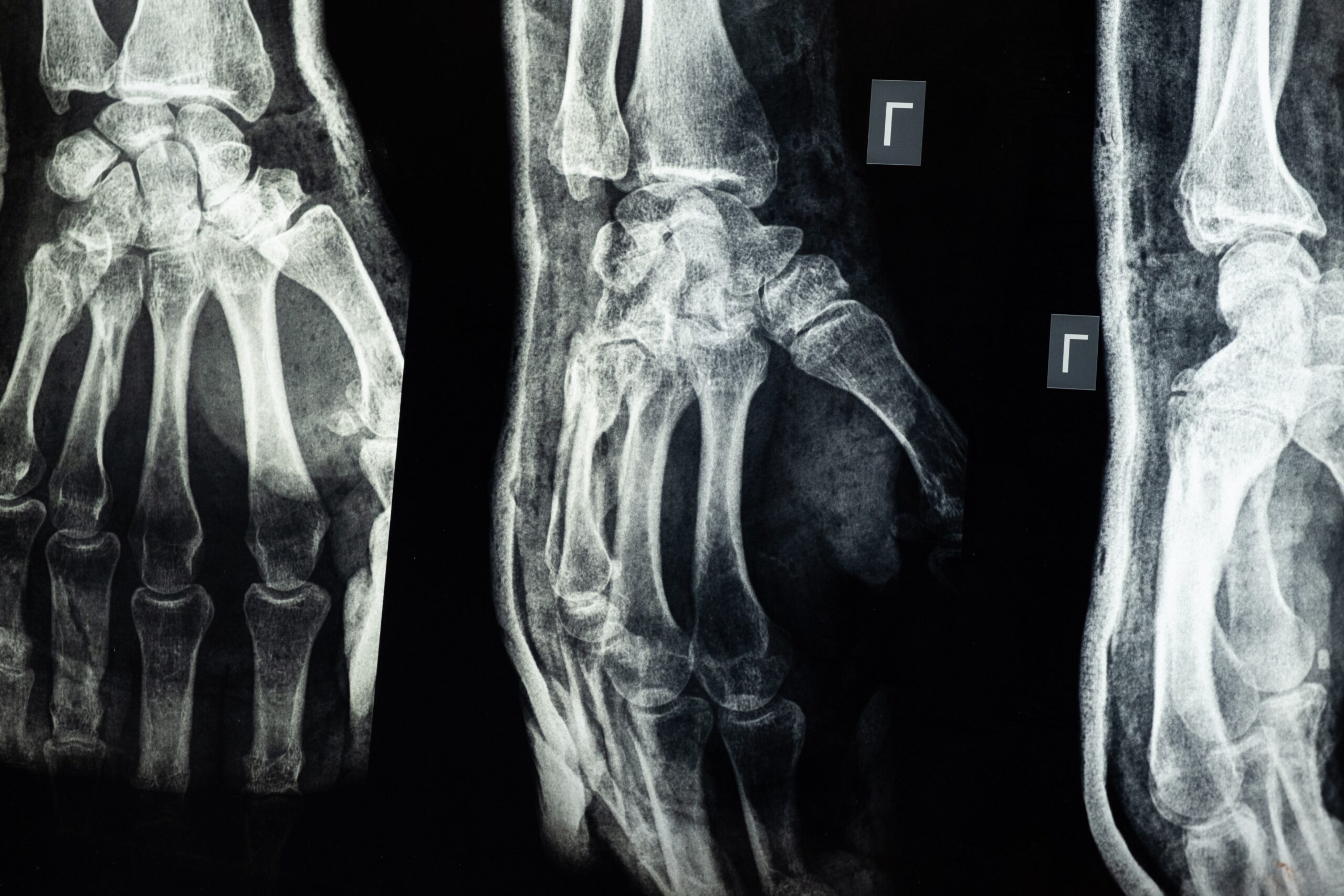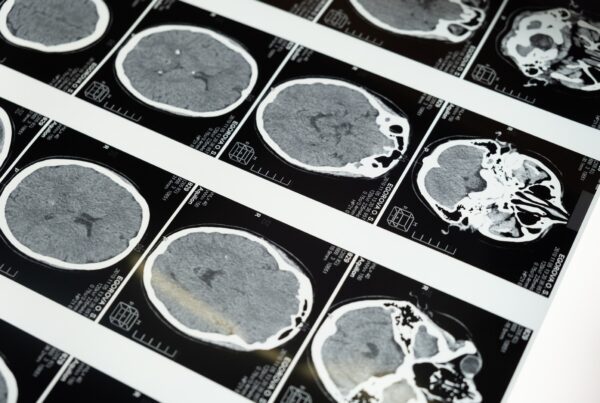The healing process consists of three phases: the inflammatory phase; the fibroblastic phase; and the maturation and remodeling phase. The healing process must have an opportunity to accomplish its purpose in an environment that is conducive to healing.
At normal atmospheric pressures, most of the oxygen in blood is carried by red blood cells. Hyperbaric Oxygen Therapy (HBOT) is a method of administering pure oxygen under pressure (in a chamber) to a patient that allows the fluids (cerebral fluid, spinal fluid, blood plasma, cellular fluid) in the body to absorb oxygen and improve tissue oxygenation. Higher concentration of oxygen reaches the blood plasma, organs, injured muscle, bone tissue, damaged tendons and joints, supporting the body’s natural healing process at a much faster rate.
- Inflammation Stage: 0 – 4 days
Edema increases tissue pressure, decreases local perfusion, and causes hypoxia in injured tissues, which have an increased oxygen requirement during the healing process. Until the body can decrease or eliminate the inflammation, blood flow to the tissues and cells is disrupted. The swelling also causes separation of the tissue, inhibits neuromuscular control, produces reflexive neurological changes, and impedes nutrition in the injured part. Oxygen deprived tissues are slow to heal or cannot heal, thus reducing edema facilitates healing by improving oxygenation of the injured tissues.
Hyperbaric oxygen therapy is effective in reducing edema while enhancing oxygen delivery. Elevated oxygen pressure causes vasoconstriction while at the same time increasing oxygen partial pressure in the injured tissue. Reduced intravascular pressure resulting from vasoconstriction reverses the transcapillary fluid flow. Loss of function of the affected area may also be considered as a sign of inflammation, thus Hyperbarics will increase function of the injured area. Edema is best controlled and managed early in the process. The sooner the therapy occurs after an injury the greater chance of a full recovery!
- Fibroblastic Repair Phase: 4 to 12 weeks
During the fibroblastic repair phase of healing proliferative and regenerative activity leads to scar formation and repair of the injured tissue. The growth of endothelial capillary buds into the wound increase the much needed oxygen and blood flow that delivers nutrients for tissue regeneration in the injured area. Injuries to tissues with a poor vascular supply heal poorly and slowly.
- Maturation phase & Remodeling Phase: 2 to 3 years
Collagen production is closely related to oxygen availability and cannot proceed without the presence of oxygen. Oxygen tension relates to the neovascularization of the wound, which translates into optimal saturation and maximal tensile strength development.
Chronic Inflammation
Chronic inflammation occurs when the acute inflammation does not respond sufficiently to eliminate the injuring agent and restore tissue to its normal physiological state. As this low grade inflammation persists, damage occurs to connective tissue resulting in tissue necrosis and fibrosis, prolonging the healing and the repair process.
Chronic inflammation can also occur from repeated acute micro-traumas and overuse. Controlling swelling is a fundamental part of reducing long term permanent damage.
Antibacterial or Antimicrobial
Hyperbaric oxygen therapy can increase the bacteria-killing ability of the immune system. It has been clinically demonstrated that HBOT has a specific role in fighting certain infections. When oxygen levels in tissues fall below a certain point, the body’s response to infection is compromised due to poor blood supply. Studies have shown that the local tissue resistance to infection is directly related to the level of oxygen found in the tissue. High oxygen concentrations may prevent the production of certain bacterial toxins and may kill certain anaerobic organisms. Hyperbaric oxygen therapy also enhances the ability of white blood cells to fight infection.
Benefits of HBOT during Healing:
- Reduces swelling and pain
- Prevents Hypoxia of the traumatized tissues
- Speeds up the healing of tissues, ligaments and fractured bones
- Reduces scar tissue formation and damage
- Prevent surgery infections
Hyperbaric oxygenation substantially increases the oxygen in the body’s fluids, causing significant increases in oxygen within wounds therefore increasing the rate of healing in wounds.
A patient that undergoes hyperbaric oxygen therapy because of an injury or surgery has the potential to heal up to 40% faster. The rapid healing occurs because the body has an abundance of necessary oxygen to repair the injured site. Overall healing is faster and more thorough.





